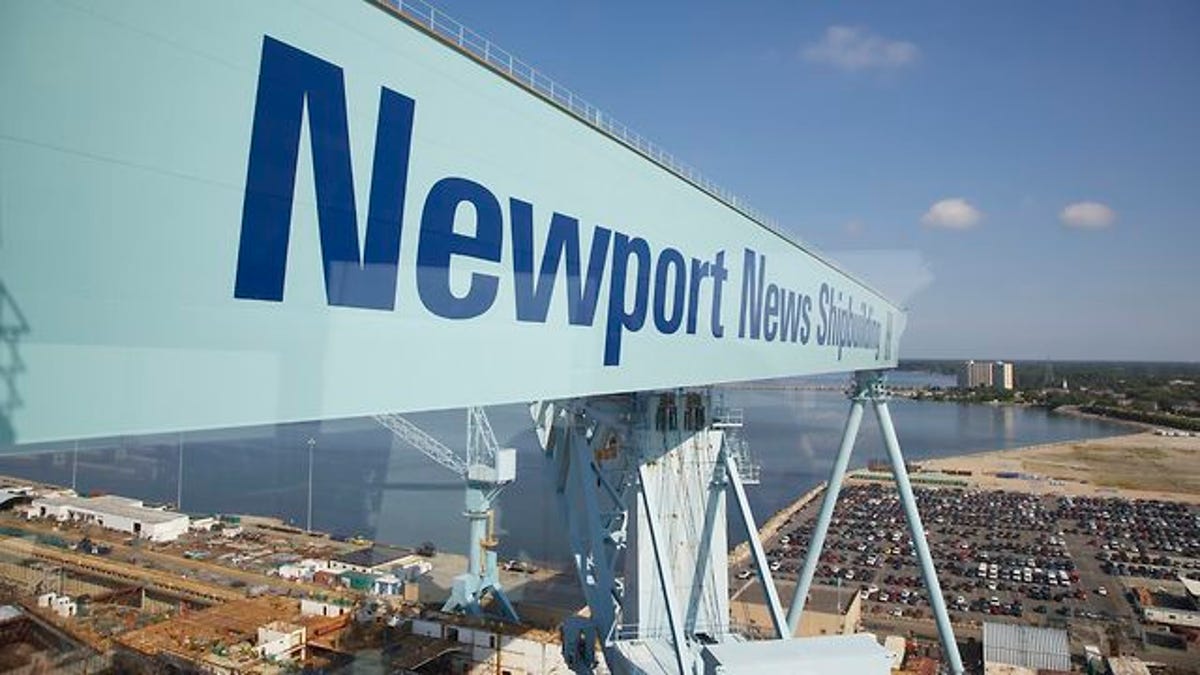Navy reactors use highly enriched uranium.I find this fascinating. This stuff supposedly has a half life of 88 years. Then it will still be half as hot. Does anyone know how much of this stuff it takes to run a nuclear carrier for it's 50 year service life?
View attachment 179077
RTG’s, Radioisotope Thermoelectric Generators, use Pu-238. For example the Voyager probes use 4.5Kg (9.92lbs) of PU238 in their RTG’s. Each of the Voyagers have 3 RTG’s that kicked out about 157w of electrical power generated from 2,400w of thermal heat using thermoelectric couplers, or about 470w when launched.



